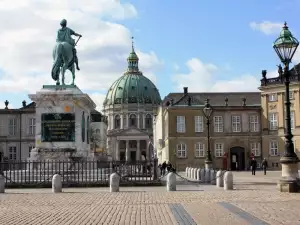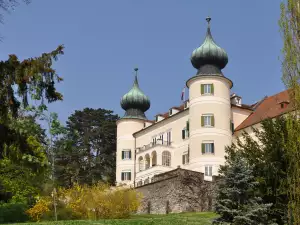Copenhagen
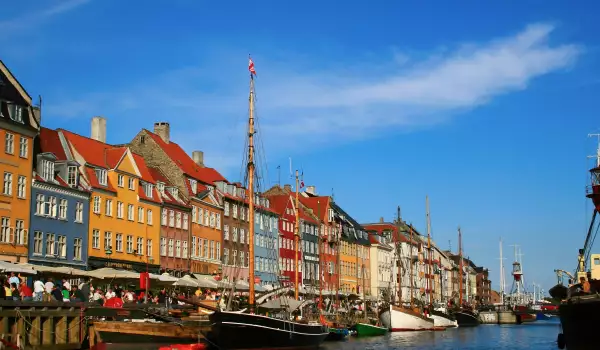
Copenhagen is the capital of Denmark. This city is a unique place for walking with its narrow little streets and old buildings. Copenhagen has the oldest pedestrian zone in the world, known as Stroget (Strøget). This area is located in the city center and is considered one of the largest pedestrian zones in Europe. It is located between The City Hall Square to the west and The King's New Square to the east, which is the other large square in central Copenhagen. Stroget pedestrian zone is actually a series of smaller streets that form this central artery of the Danish capital.
Copenhagen is located on the east coast of the island of Zealand, however, a part of it remains on the island of Amager. East Copenhagen known as Øresund, separates Sweden and Denmark from joining the North Sea with the Baltic Sea. Nearly two million people live throughout the metropolitan area of Copenhagenas and the city is spread over an area of 455.61 square kilometers. In 2008 the capital of Europe's oldest monarchy was officially declared the best place to live in the world.
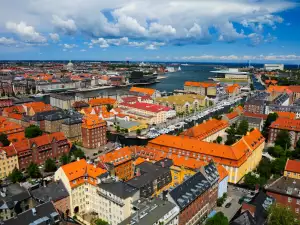
Nearly 13 million tourists visit beautiful Copenhagen and including a tourist town Copenhagen is among the top places of most frequented destinations in Northern Europe. In 2000 the Oresund Bridge was completed, which has in the past decade had a favorable impact on the economy of the region of Copenhagen. Nearly 3 million people live in the general metropolitan area, the two cities have a make up within a radius of 50 kilometers, making Copenhagen one of the most densely populated cities in Northern Europe.
The first written record of Copenhagen was in the 11th century. The history of the city starting from a small fishing village which for several centuries radically changed its appearance and became the most important center of the Danish Empire. Only in the 15th century, Copenhagen was officially declared the capital.
During the reign of Christian IV, Copenhagen was already established as an important regional center. During World War II, Copenhagen was occupied by the Germans, and indeed the entire country from April 9th, 1940 to 4th May 1945.
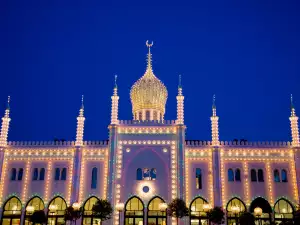
Among the sights of Copenhagen there are many places worth seeing. You can start by the mayoral central square, which is situated at the attractive Town Hall building. On it has a large bulb, which in good weather appears a girl on a bicycle, and in bad a boy with an umbrella in hand. On the same square in Copenhagen you can see the beautiful yet little weird fountain, which has a dragon and around it you can see the figures of two Vikings.
All of Copenhagen has an amazing combination of ancient and modern buildings that give the capital of Denmark a particularly interesting and colorful appearance. Especially attractive are the houses around the port Nyhavn which are painted in vibrant colors. The oldest pedestrian zone in the world - Stroget, is where the life of Copenhagen is constantly boiling. There are most of the cafes, restaurants and better restaurants. You can also find the galleries and studios there. The new royal square offers you the chance to visit the grounds and the Royal Academy of Fine Arts Theatre. The gallery exhibitions can be found in the former royal residence of Charlottenburg.
The amusement park, Tivoli, is the most famous amusement park in Denmark and perhaps the most visited tourist attraction in the country. Over 5 million tourists a year visit this amusement park. Recreational facilities, are also known as The Garden of pleasure, which was built at the old fortified walls surrounding Copenhagen. Today, the fun-fair is located near Copenhagen City Hall.
Tivoli Park was built in 1843, making it the oldest amusement park in Europe and the second oldest in the world. This greatest attraction of Copenhagen covers an area of 82, 717 square meters, 32 Maisonets give a total of 26 restaurants and attractions which are surrounded by the incredibly beautiful flower gardens.

